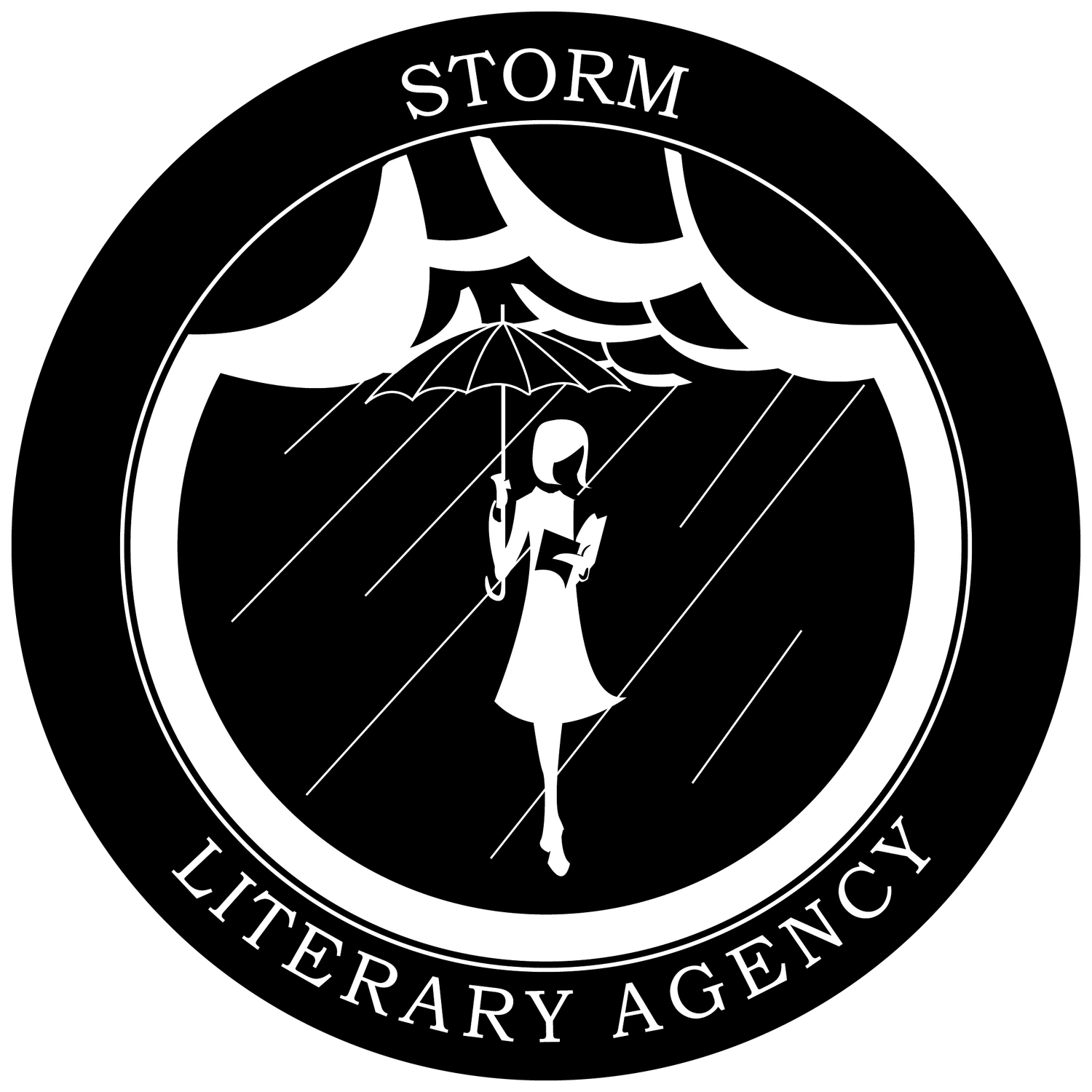Artist Spotlight
Kailee Ngan (London)
1. You had a really successful and fulfilling career in social work, before illustration. What prompted your move towards children’s illustration? Was it a challenging transition?
I loved being a social worker, but at that time, I felt very helpless due to the constraints imposed by society’s systems. During that period, I realized the power I possessed in controlling my creative process when I engaged in art. Since then, I have made the decision to utilize children’s book and art as “tools” to heal people’s heart and convey important messages to a broader audience. I believe that children’s books are gentle, yet potent, and therapeutic.
It was indeed a very challenging transition, especially in the beginning. However, as time went on, I discovered that illustrating is not solely about technique. Creativity and being reflective are more important, and I am thankful that I acquired these skills during my social work training.
2. What do you find most satisfying, or most rewarding, about illustrating books for children?
I love seeing children smile and laugh when they read my stories. Sometimes, kids tell me that they like the characters that I created and would like to read more about them. What’s more, I love that my books can accompany children throughout their childhood.
3) So many of your stories seem somewhat autobiographical, or personal. Is that where you find your inspiration, from your family and close connections? People you’ve known?
Yes, I love drawing inspiration from my daily life because I believe it is more relatable and appealing to readers. I often find inspiration from my own experiences, as well as from observing my niece and nephew, or other children. Children have incredibly creative minds, which we, as adults, often lose as we grow older.
4. When crafting a story, do you typically start with the text? Or first imagine the project in pictures?
When creating a story, I usually have ideas in my mind first, but I start with images. I believe that starting with the text and drawing the images afterwards would limit my creativity. Instead, I give myself the freedom to loosely sketch around certain topics or ideas, and then select the most appealing and relevant images before adding text to them. I find this approach works better and puts less pressure on myself when illustrating a story.
5. Can you tell us a little bit about your typical art process? What mediums and techniques do you use?
I first draw a lot of drafts on papers and then select the suitable ones. After that, I scan the chosen drafts and polish them digitally. I enjoy combing digital and analogue mediums, such as printmaking, crayon, watercolor, colored pencils, and so on.
6. The children’s book market is always changing and evolving. Do you feel that is true for art too? Do you feel your art is constantly evolving? Or your methods
Yes, I think it is true for art too. I do feel that my art is constantly evolving. I used to use watercolor and ink pen a lot. But then I found the beauty of printmaking and started incorporating it more into my art. However, due to the short deadline, I couldn’t manage to solely use analogue methods in my work. This is why I started to adapt and combine both traditional and digital technique to meet the deadline while still adding a touch of analogue feel.
7. What do you feel has been the most valuable experience or resource for you an emerging illustrator?
I believe that having fellow illustrators to support each other is the most valuable resource for me as an emerging illustrator. We all face the same hardships and challenges in the art field. Having mutual support makes me feel that I am not alone. I am always thankful to have many supportive classmates in my MA course.
8. What suggestions would you share with illustrators just beginning their careers in children’s publishing?
I would say, draw whatever makes you happy. Don’t think about the market or the “style”. I believe that both clients and your own unique “voice” will come eventually as long as you enjoy the process of creating art.
9. What do you imagine for you career moving forward? What are you hoping to accomplish or achieve?
I would like to publish more children’s books in my own language or in English so that my niece and nephew, as well as children of my close friends can read my books before they grow up. I also want to use my knowledge in social work to illustrate books that address special educational needs (SEN) and help children tackle sensitive issues.
10. Is there a certain project you are very excited about currently?
Yes, indeed! I am currently very excited about creating sequential images or animation depicting Hong Kong. Although I was born and raised in Hong Kong, I haven’t been back for more than three years. As a result, I now have a somewhat outsider’s perspective on Hong Kong, and I am eagerly anticipating the final artwork.






